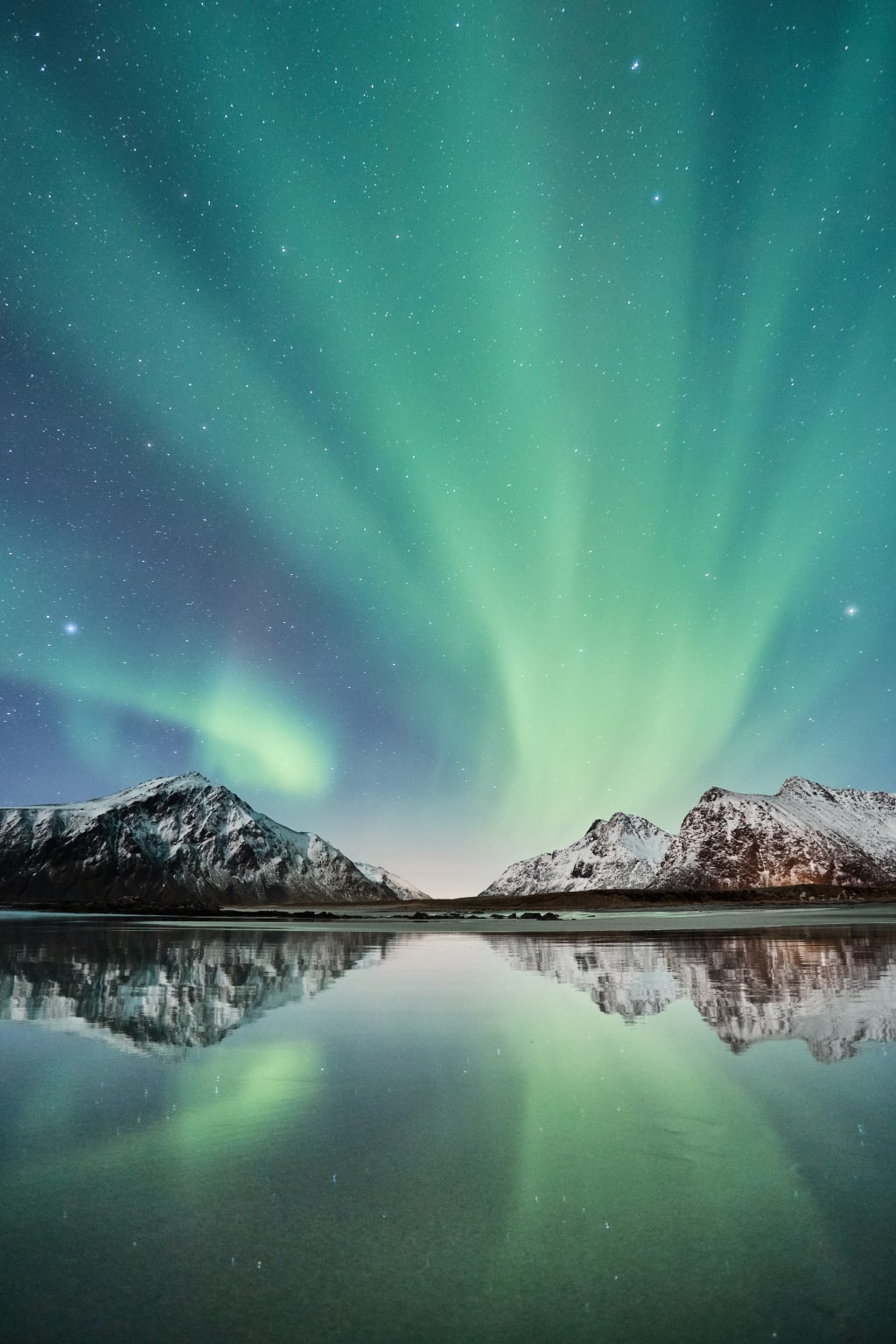
Following the Colorado gold rush, miners awoke on September 1st, 1859, to yet another sunny day. or so they believed. They were shocked to learn that it was actually 1 am and that brilliant drapes of light, not the Sun, were lighting the sky. People in many regions believed that nearby cities had caught fire as a result of the blazing glow that could be seen as far away as the Caribbean. But the largest solar storm in recorded history was the actual cause of what would become known as the Carrington Event. One of the numerous astrophysical phenomena brought on by magnetic fields is solar storms.
Protons and electrons, which are electrically charged particles, move in these fields. For instance, charged molten metals moving through the planet's outer core produce the magnetic field on Earth. Similar to this, the magnetic field of the Sun is produced by intense convective motions in the plasma that makes up the star. Sunspots are produced as a result of the intense magnetic activity caused by the slowly swirling plasma. In close proximity to these regions, magnetic fields frequently twist and strain. And when they are stretched too far, they collapse into simpler shapes, releasing energy that causes plasma to be launched from the Sun's surface. The term "coronal mass ejections" refers to these explosions. Plasma accelerates quickly, reaching thousands of kilometers per second. Plasma is primarily composed of protons and electrons.
A typical coronal mass ejection travels along the solar system's magnetic field for just a few days, traversing the distance between the Sun and the Earth. Those that stray into the Earth's path are also drawn to its magnetic field lines and fall into the atmosphere near the planet's magnetic poles. This tidal wave of high-energy particles excites atmospheric atoms like oxygen and nitrogen, causing them to rapidly release photons at various energies. The auroras, a magnificent light display, are the end result. Furthermore, even though this phenomenon is typically only visible close to the Earth's poles, powerful solar storms have the power to deposit enough high-energy particles in the atmosphere to illuminate sizable portions of the sky. The magnetic fields in our solar system pale in comparison to those in the universe as a whole. Fields produced by some neutron stars are 100 billion times more powerful than those found in sunspots.
Additionally, thousands of light-year-long gas jets are released from supermassive black holes by the magnetic fields surrounding them. On Earth, however, even minor solar storms can be surprisingly hazardous. Despite the fact that most storms that reach us are safe for people to be around, the high-energy particles that enter the atmosphere produce secondary magnetic fields that in turn cause rogue currents to short-circuit electrical equipment. The telegraph was the only widely used electrical technology at the time of the Carrington Event. But since then, our reliance on electrical systems has only grown. Another strong solar storm in 1921 ignited telephone and telegraph equipment all over the world. Fires broke out in the central control building in New York, forcing the closure of the entire railway network. The Canadian power grid was cut off in parts in 1989, and several satellites were damaged in 2003 by relatively weak storms. Our interconnected, electrified planet could be completely destroyed if a storm the size of the Carrington Event struck today.
Fortunately, we have some protection. Researchers have discovered that the Sun's typical magnetic activity follows an 11-year cycle as a result of centuries of studying sunspots, providing a window into when solar storms are most likely to occur. Our mitigation strategies have also advanced along with our capacity to predict space weather. Power grids can be turned off ahead of a solar storm, and capacitors can be installed to withstand the sudden surge in energy. A lot of contemporary satellites and spacecraft have specialized shielding to lessen the effects of solar storms. However, even with these protections, it's difficult to predict how our technology will perform during the following significant event. We might be left with nothing but the aurora overhead to illuminate our way forward.
About the Creator
Enjoyed the story? Support the Creator.
Subscribe for free to receive all their stories in your feed. You could also pledge your support or give them a one-off tip, letting them know you appreciate their work.






Comments
There are no comments for this story
Be the first to respond and start the conversation.